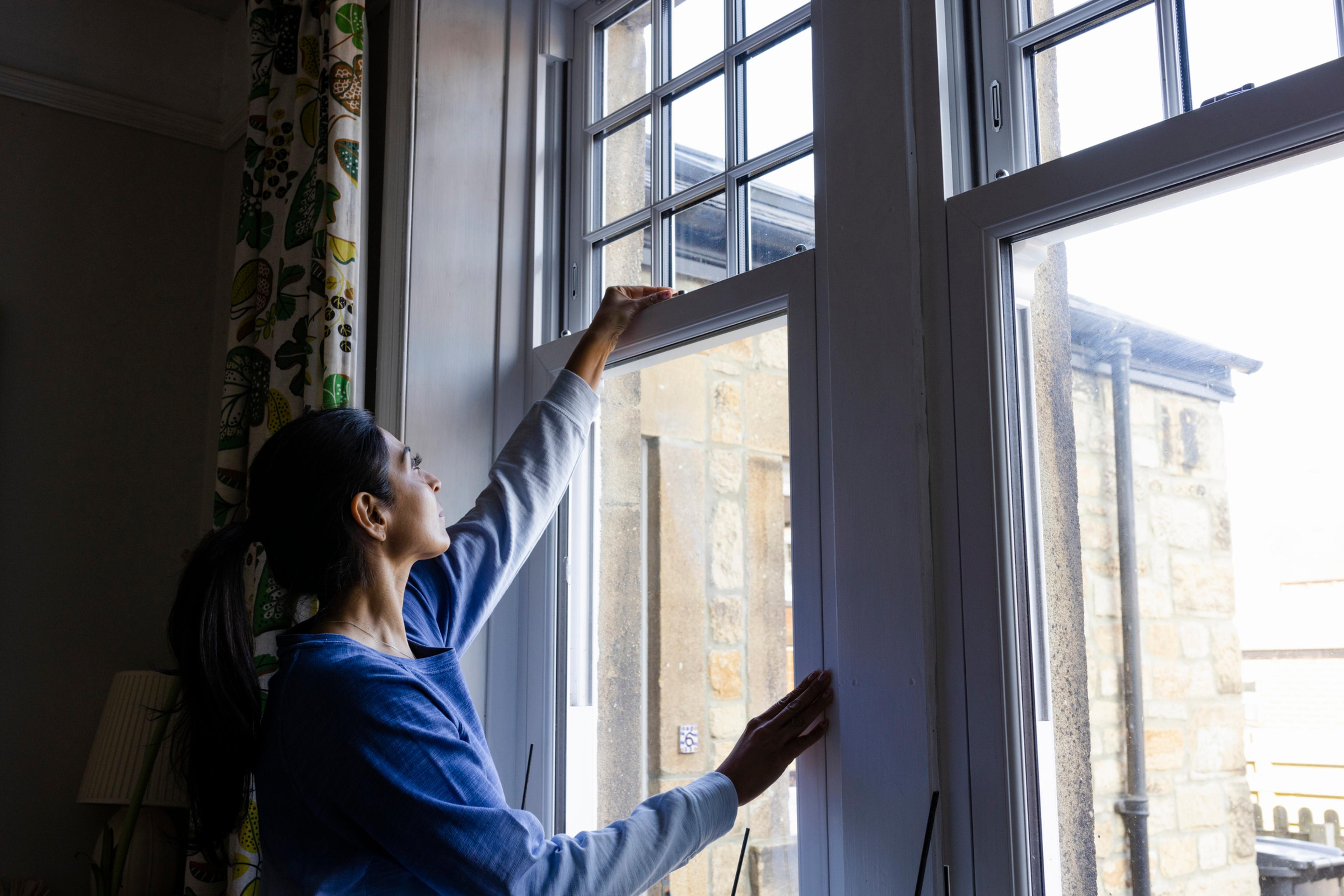How to Prevent Common Desk-Related Injuries

Julie Bitely
| 2 min read

Did you know spending hours at a desk can affect your muscle and bone structure? It can cause you to develop serious conditions that are both painful and debilitating. If you have an office job or lead a sedentary lifestyle, there are ways to reduce your risk of a desk-related injury.
Protect your joints and bones with these office-friendly techniques:
Hands and Wrist
Carpal tunnel is one of the most common injuries among office workers. It’s caused by severe pressure on the median nerve that runs through the wrist. This can lead to tingling or numbness in the fingers as well as muscle atrophy. Avoid these symptoms by taking the following precautions:
- Keep the arm and wrist closely leveled to each other, with the wrist slightly lower (if possible).
- Keep frequently used objects close by to prevent strain from strenuous reaching.
- When possible, avoid bending the wrist completely up or down. This will help relieve pressure from the median nerve.
Upper and Lower Back
Either too much or too little activity can lead to serious back problems. That means overexertion or a lack of mobility, which are linked to stiffness and bad posture. Adding these small changes to your daily routine will keep your back strong and fluid.
- Make sure the height of your chair allows your feet to rest flat on the floor with your thighs parallel to the ground.
- Avoid slouching. This can roll your shoulders forward, crushing the nerves in your neck.
- Just as its important for wrist health, keeping everything within arm’s reach prevents unnecessary bending and twisting.
Eyes
Eyestrain (asthenopia), is a condition caused by the exhaustive and prolonged use of the eyes. It can be caused by excessive screen time, long drives, stress, fatigue and even dry air. Luckily, eyestrain can be prevented by taking these active measures:
- When at a desk, keep the computer monitor at arm’s length, with the screen angled slightly below your eye line.
- Through your display settings, lower the brightness and change the “temperature” of your monitor to a more reddish color.
- Keep your eyes busy by practicing the 20-20-20 rule. For every 20 minutes of screen time, look at something 20 feet away for 20 seconds.
It’s extremely important to take breaks during the work day. Getting up and walking for a few minutes every hour resets your body to its natural position. You’ll return to your desk feeling loose and refreshed.
If you found this post helpful, check out these blogs:
Photo credit: Junce





